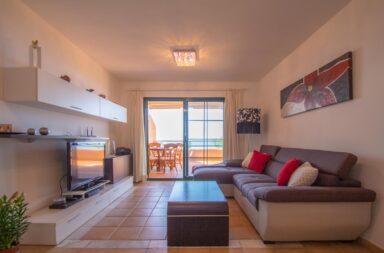You have a plot of land and you want to use it to build a house: prefabricated house or traditional construction? It is a question that more and more people are asking themselves, and not only when it is a second home, but also when what they want is a regular home.
The decision is not always easy, and the truth is that prefabricated houses are gaining more and more ground.
Advantages of a prefabricated house
Obviously, the great advantage of a prefabricated house is the price. The cost can be up to 30% less than a traditionally built one, since it saves on labor and work time. But it is not the only thing to look at:The construction time for a prefabricated house is much shorter, no more than six months in the worst case. And assembly takes only a few days. In addition, there is the time needed to process the municipal licenses and permits. In spite of everything, the house would be ready to move into much sooner than if another construction system is chosen.
Prefabricated houses are very versatile. It is true that the basis are usually pre-designed models, however, most manufacturers allow corrections or modifications to customize them. They can even be delivered fully equipped, ready to move in, if the client wishes.
Not only can they be customized, but it is also very easy to expand them if the family grows. And the best thing is that it will be achieved in a short time and without the need to endure annoying and endless works.
Many of the prefabricated houses on the market are sustainable, not only because of manufacturing processes that generate less waste. Also because they are built to achieve maximum energy efficiency through the use of specially insulating materials on the facade, eliminating thermal bridges and using passive ventilation and heat recovery systems.
Disadvantages of a prefabricated house
Although the advantages are very significant, the truth is that this type of housing also has some disadvantages that should be assessed:
The standard models are economical, but if many customization criteria are introduced, the cost can rise significantly.
If it is necessary to prepare the land, the budget will also become more expensive. It must be taken into account that prefabricated houses are not designed with the characteristics of the plot on which they are to be placed in mind; if the plot is irregular or sloping, it will be necessary to adapt it.
Maintenance is usually more complex than in the case of traditional constructions, especially if they are made of wood. Not only is it more delicate, but it is also important that it is carried out by specialized professionals, a matter that in the long run entails an extra cost.
Although prefabricated houses meet all the requirements of habitability established by the Technical Building Code (CTE), there are people who continue to consider them as lower quality constructions.
In short, a prefabricated house can be enjoyed as much as any other, but before deciding it is important to calmly assess all the possibilities.


